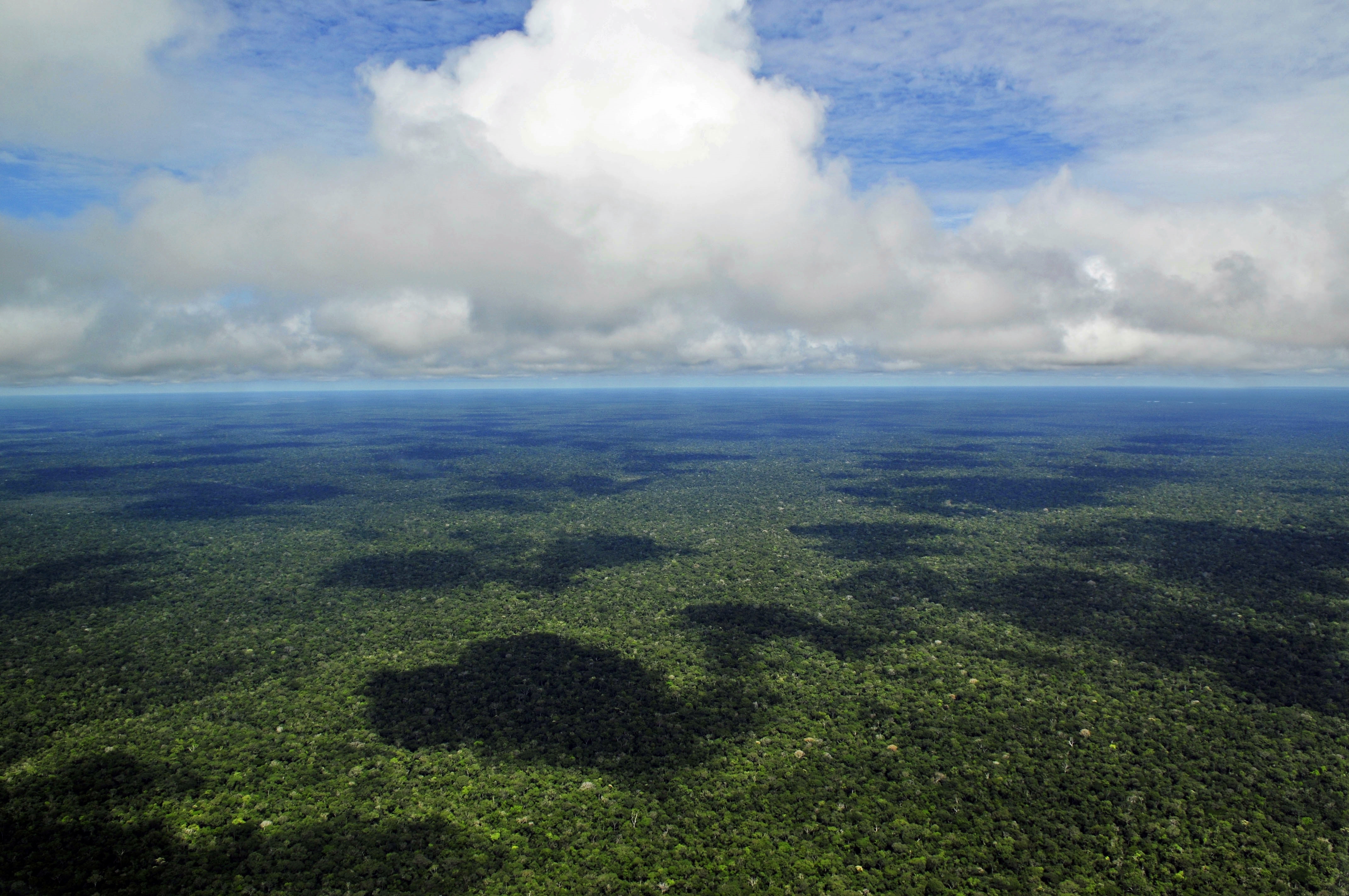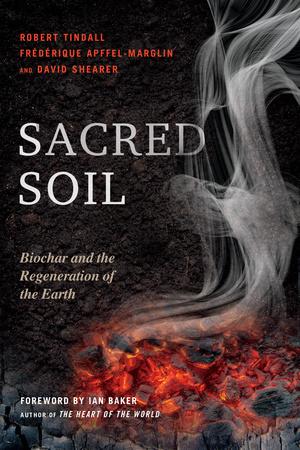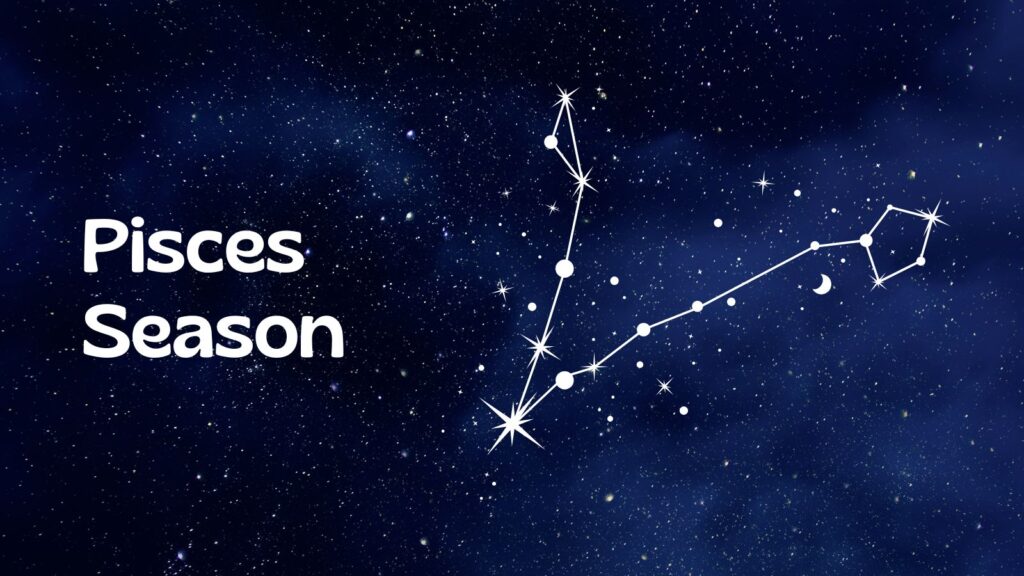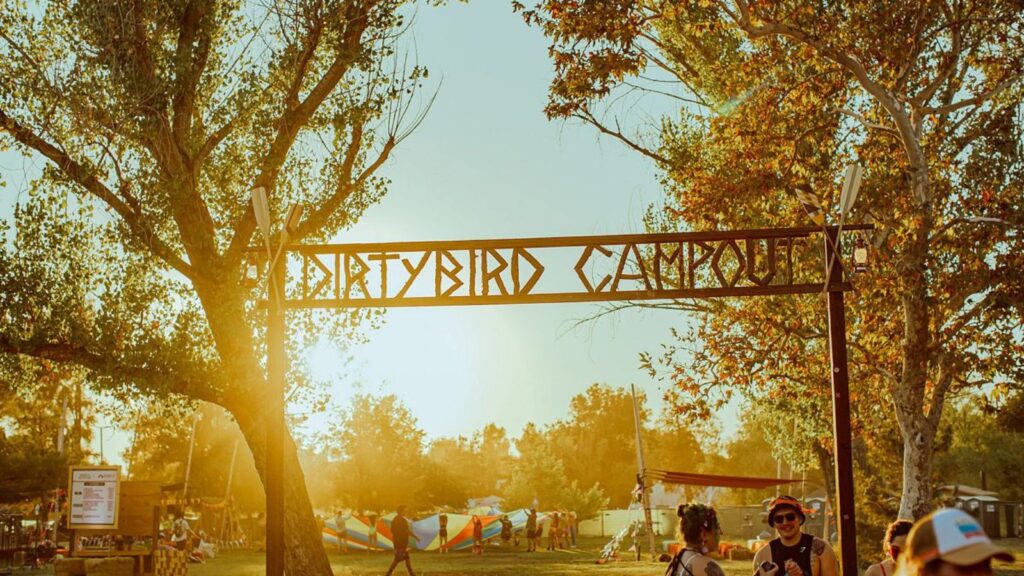The following is adapted from Robert Tindall’s introduction to Sacred Soil: Biochar and the Regeneration of the Earth by Robert Tindall, Frederique Apffel-Marglin, and David Shearer, published by North Atlantic Books.
From the lost cities of the Amazon comes a gift, an elixir for the soil that bestows fertility and eco-eternal life, and is a powerful carbon drawdown technology.
But are we worthy to receive it?
Terra preta do Indio, the black soil of the pre- Columbian Amazonian peoples, and the scientific application of its main ingredient, biochar, is game changing on a global scale. The biochar embedded in this highly fertile, living soil (still thriving in the Amazon today) has the potential—along with other carbon drawdown technologies—to significantly contribute to the restoration of Earth to preindustrial levels of atmospheric carbon by the year 2050, as well as regenerating our depleted soils, purifying our waters, and reducing our dependence on petrochemical fertilizers and pesticides in the near term.
Yet the discovery of terra preta, coming as it does at such a crucial juncture in the human project, also opens a doorway into understanding the indigenous ways of knowing that enabled the Amazonian high civilizations to support a population of millions in an ecologically sound manner. These indigenous lifeways of intra-action with an animate cosmos, violently suppressed by the church and then dismissed as “primitive” by modern science, today offer us a path of sustainability not only to a highly populous human future, but to a healthy, vibrant planet for our grandchildren’s grandchildren, if we will lend our ears to its deep message.
It is sobering to consider that of all the high civilizations that have existed upon our planet in the last ten thousand years, the only one to support a population of millions while leaving its lands more fertile than when it arose has, until recently, been either denied or entirely unknown.
We are speaking here of the civilization of the pre- Columbian Amazonian peoples.
The history of civilizations has always moved in the opposite direction—the Fertile Crescent, identified as the cradle of much of modern civilization, is even now an exhausted landscape, a desert.
As Jared Diamond, in his classic book, Guns, Germs, and Steel: The Fates of Human Societies, explains,
Today, the expressions “Fertile Crescent” and “world leader in food production” are absurd. Large areas of the former Fertile Crescent are now desert, semi- desert, steppe, or heavily eroded or salinized terrain unsuited for agriculture. In ancient times, however, much of the Fertile Crescent was covered with forest. Its woodlands were cleared for agriculture, or cut to obtain construction timber, or burned as firewood or for manufacturing plaster. With the tree and grass cover removed, erosion proceeded and valleys silted up, while irrigation agriculture in the low- rainfall environment led to salt accumulation. Thus, Fertile Crescent and eastern Mediterranean societies…committed ecological suicide by destroying their own resource base.
Worldwide, a similar process is now under way, as our forests, healthy soils, fresh water, clean air, wild species, and the thousands of other, often intangible elements that participate in thriving ecosystems, are depleted and die off.
Yet the Fertile Crescent is now a depleted land not because, as Jared Diamond claims, “eastern Mediterranean societies had the misfortune to arise in an ecologically fragile environment.”
The Amazon rain forest was, and is, an even more ecologically fragile environment than the Fertile Crescent, yet Amazonian civilizations left their landscapes more fertile and biodiverse than when it had once existed in a so- called pristine, ideal state as a “climax community” untouched by human hands.
According to anthropologist C. L. Erickson, “Nature in Amazonia more closely resembles a garden than a pristine, natural wilderness. Rather than ‘adapt to’ or be ‘limited by’ the Amazonian environment, humans created, transformed, and managed cultural or anthropogenic (human-made) landscapes that suited their purposes.” As science journalist Charles Mann put it, Amazonian civilization, “rather than adapt to Nature, created it. They were in the midst of terraforming the Amazon when Columbus showed up and ruined everything.”
Yet not all is lost. The vanished Amazonian civilizations and their descendants can still teach us how human culture plays a far greater role in the health of ecosystems, and vice-versa, than we dared imagine.
We are Nature.
Yet to learn such ways of subtle intra-action with the cosmos will require the integration of the nondual worldview. As quantum effects, such as in photosynthesis mechanisms, become visible at the macro level, we can no longer deny the implicit and explicit interdependence of the Newtonian, quantum, and other as-yet-undisclosed realms of physics. Similarly, as indigenous and nondual ways of intra-action become visible, we can no longer afford to naively cling to the dualism of Classical Science as either an adequate model of consciousness or a reputable way of doing business.
We’ve had five hundred years of looting, enslavement, torture, forced conversions, bio-piracy of medicines and technologies, and genocide of the native cultures of the Americas. It is time to buck this trend. Turtle Island is one of the many names given to the American continent by its original inhabitants, whose animal allies dived to the bottom of the sea to find the sacred soil upon which they could found their lives. It is also a metaphor, a symbol of deep belonging and spiritual identification with the rest of life.
Such a piercing, heartfelt response to our world can be a guiding intelligence in all our sciences, if we open the terrain in our minds where this native earth can be tilled.
***














